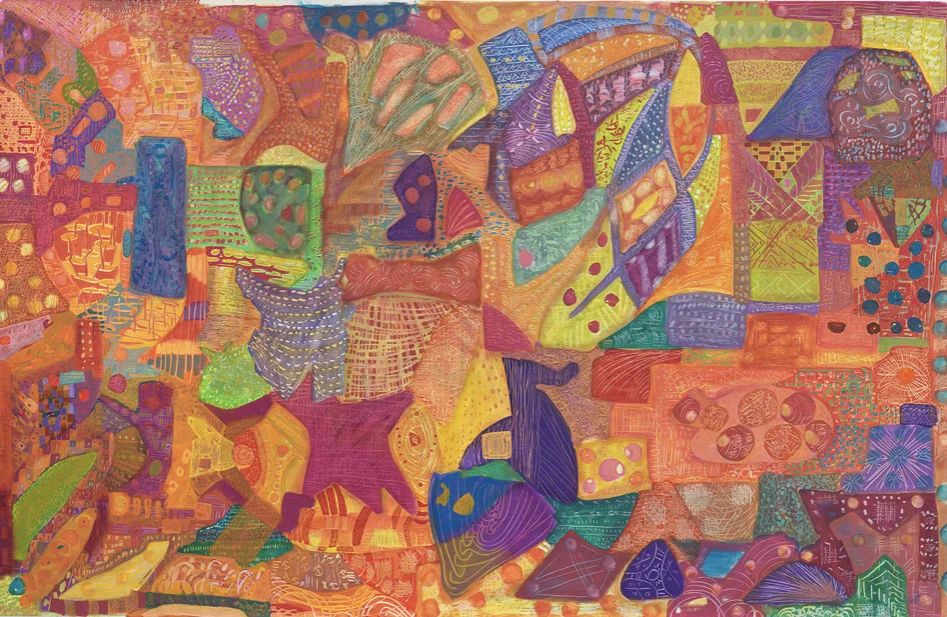Eritrean artist, Ficre Ghebreyesus explored in his work themes of migration, memory, and identity. During his teenage years, he was very much involved in the fight for Eritrean independence. He later abandoned his military involvement and left the country various countries such as Sudan, Italy, and Germany, before finally settling in the United States. Ghebreyesus obtained a Bachelor degree from Southern Connecticut State University. He also studied at the Art Students League in New York and participated in Robert Blackburn’s printmaking workshop. In 2000, he was accepted to the Yale School of Art and earned a Master of Fine Arts degree two years after. Upon graduation, he was awarded the Carol Schlosberg Prize for Excellence in Painting.

Parallel to studying painting, printmaking, several languages, and working as the executive chef and co-owner of New Haven’s Caffé Adulis, Ghebreyesus continued his activism for Eritrean Independence. His artistic practice was a fluid integration of abstraction and figuration in the form of dreamlike storytelling.
His works are void of borders and divisions alluding to his hopeful acceptance of a constantly changing identity and home. Through his use of vivid colors and abstract shapes, he depicted maps or other symbols to examine themes such as home, identity, belonging, migration, and displacement.

Ghebreyesus did not frequently sign, date, or title his artwork, or actively seek to display them in commercial galleries but prior to his death in 2012, at the age of fifty, Ghebreyesus completed a series of canvases in his New Haven studio. These paintings fell somewhere between abstraction and representation, establishing their own unique artistic vocabulary. Using mainly acrylic paint, Ghebreyesus created pictures that are cool in tone yet psychologically charged.

Image courtesy of Artsy
The canvases featured in his 2020 exhibition at Galerie Lelong bring order to the chaos of displacement and convey the sensation of existing in both natural and man-made worlds. In this dreamscape, bodies of water, airplanes, and lone brown figures exist in harmony. Although the exhibition shares its title with the poetic painting “Gate to the Blue,” Ghebreyesus’s romanticism is grounded in a genuine longing for a place, for identity and a world to call one’s own.


